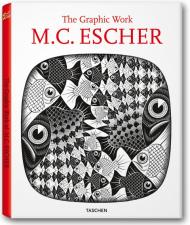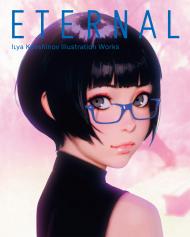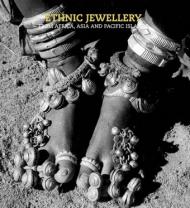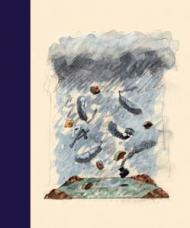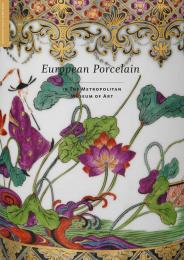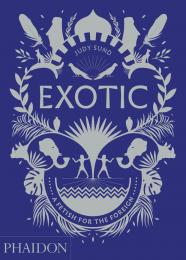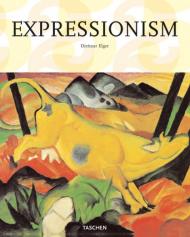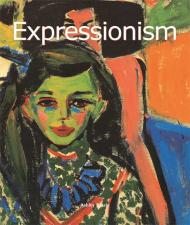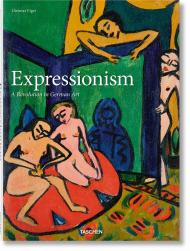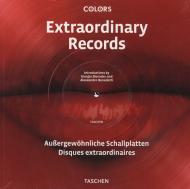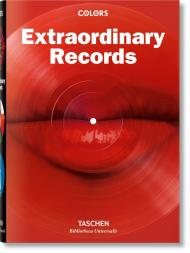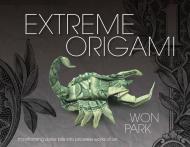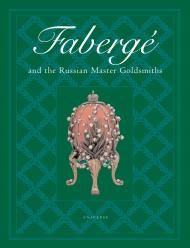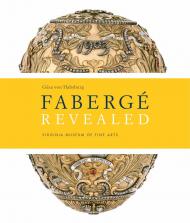The visual of vinyls. The most daring of record designs
This kaleidoscopic catalogue brings new meaning to the idea of “album art.” Celebrate vinyl not only for the integrity of its sound but also for its artistic potential as a material form. Spanning over 500 show-stopping records — from The Beatles to Bon Jovi, glow-in-the-dark effects to butterfly-shaped discs — discover how daring shapes, colours, and designs fashioned the identities of era-defining records and artists.
Now available as part of TASCHEN’s Bibliotheca Universalis series, this dazzling catalogue of vinyl brings new meaning to the “album art.” Produced in collaboration with Colors magazine, it brings together over 500 remarkable records from the collection of Alessandro Benedetti and Peter Bastine.
The book forms a junction between photography, music, and design, celebrating vinyl not only for the integrity of sound recording but also for its artistic potential as a material form. With featured artists including Pink Floyd, The Beatles, Prince, Michael Jackson, Bon Jovi and beyond, it offers compelling insight into the most intricate details of a performer’s visual identity, from a flamboyant colour to a futuristic mirror effect.
The discs are arranged thematically to span monochrome vinyl; unusual vinyl (including silver, gold or mirror vinyl as well as extremely rare glow-in-the-dark vinyl); multicoloured vinyl; etched vinyl (where music is pressed onto only one side); shaped vinyl (cut into forms that are different from the classic round disc); and picture discs (where a photograph or design is stamped onto the surface of the record). Page after page, this kaleidoscopic encyclopedia of game-changing vinyls is a colourful journey through era-defining records and artists.
The authors:
Italian producer and songwriter Giorgio Moroder helped create electronic dance music, and has worked with Donna Summer, David Bowie, Janet Jackson, Barbra Streisand, and many others. He also founded Musicland Studios in Munich, once used by legendary acts like Led Zeppelin, Queen, and Elton John.
Alessandro Benedetti began collecting coloured and unusual records in 1981, and now has 8,000 discs, including 1,200 coloured vinyl discs. In 1998 his collection won recognition in The Guinness Book of Records. His dream is to open a record museum so he can share his collection with the public.
The contributor:
Peter Bastine has been a DJ, record seller, and concert organizer. From 1977 until 1998 he collected every kind of picture disc; since then, mostly historical 78rpm records. Today his collection comprises around 8,000 picture discs, and has been the subject of several European exhibitions.
About the series:
Bibliotheca Universalis — Compact cultural companions celebrating the eclectic TASCHEN universe at an unbeatable, democratic price!
Since we started our work as cultural archaeologists in 1980, TASCHEN has become synonymous with accessible, open-minded publishing. Bibliotheca Universalis brings together more than 100 of our all-time favourite titles in a neat new format so you can curate your own affordable library of art, anthropology, and aphrodisia.
Bookworm’s delight — never bore, always excite!

